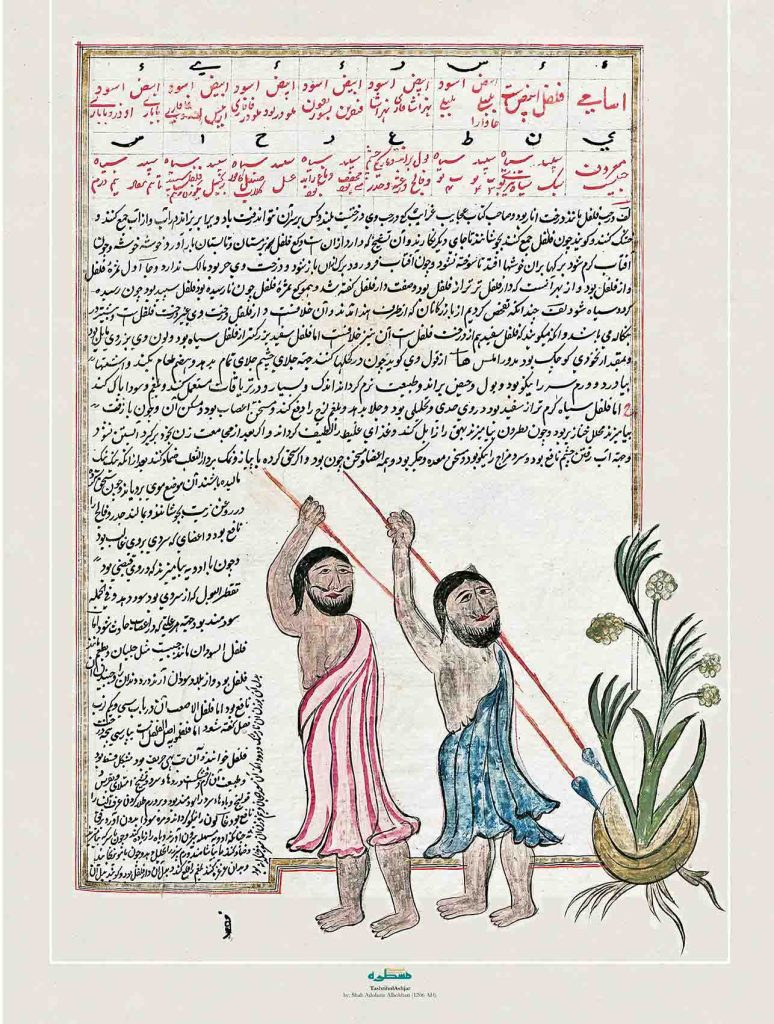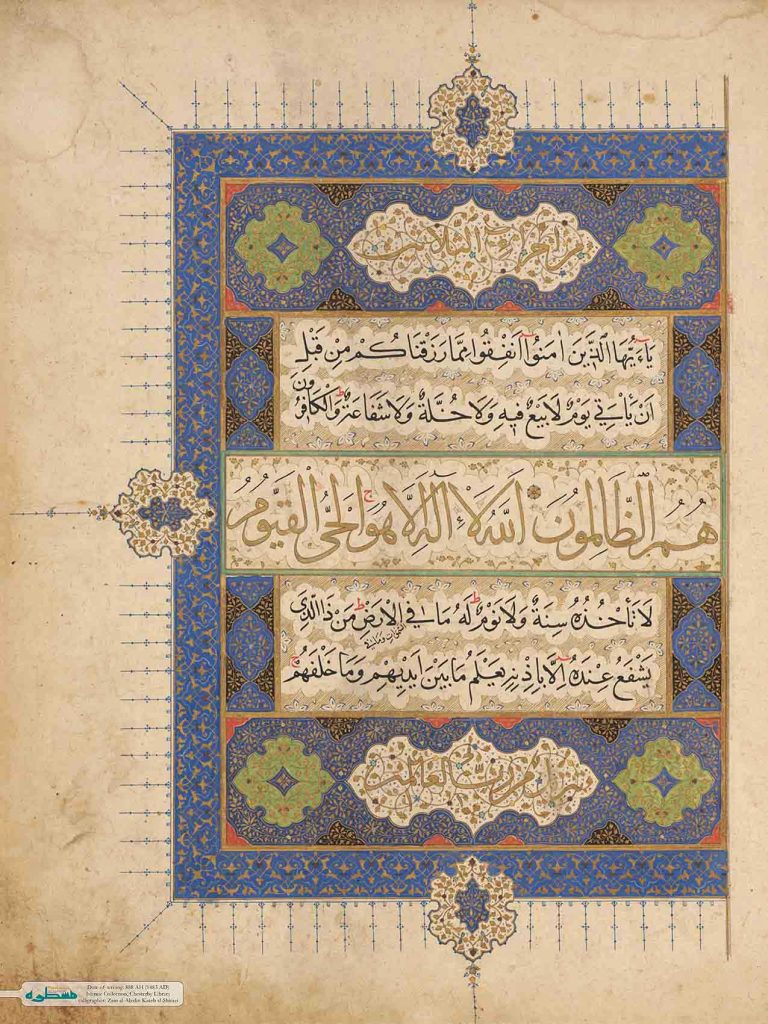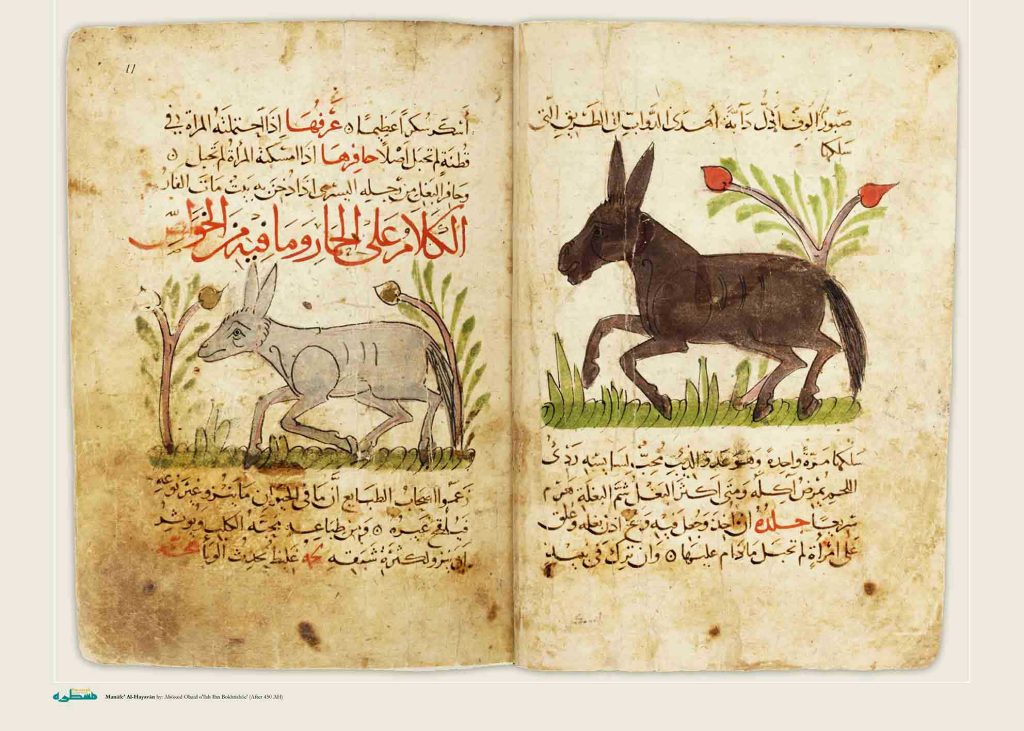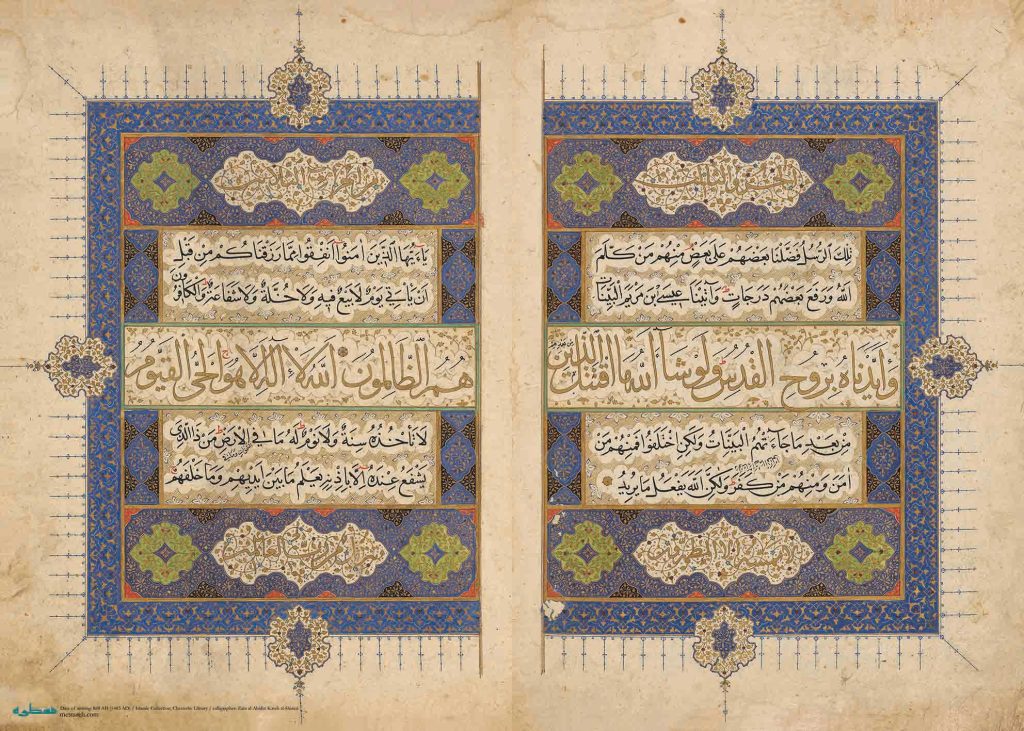A Selection of Quranic Surahs by Ali Reza Abbasi
Calligrapher name
Font type
Date of writing
Version
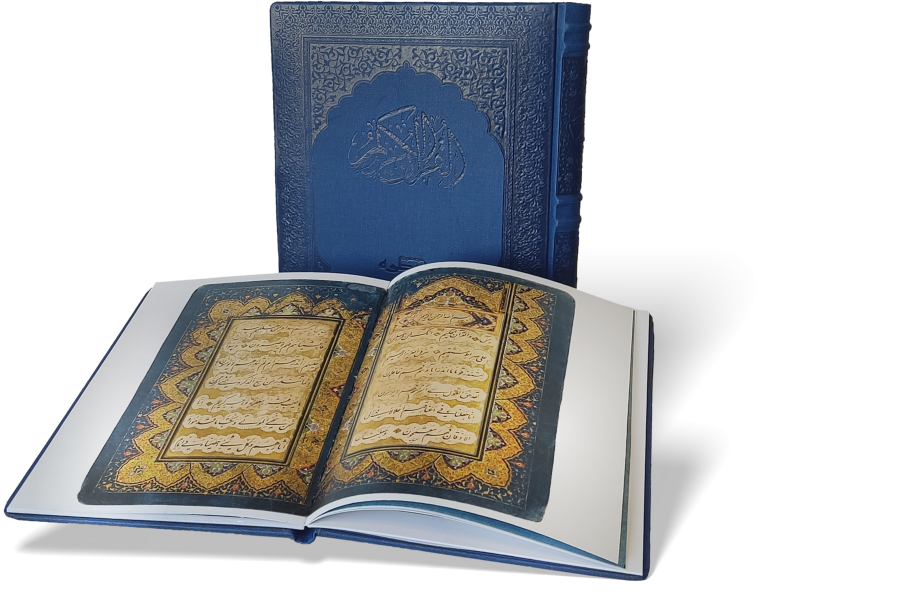
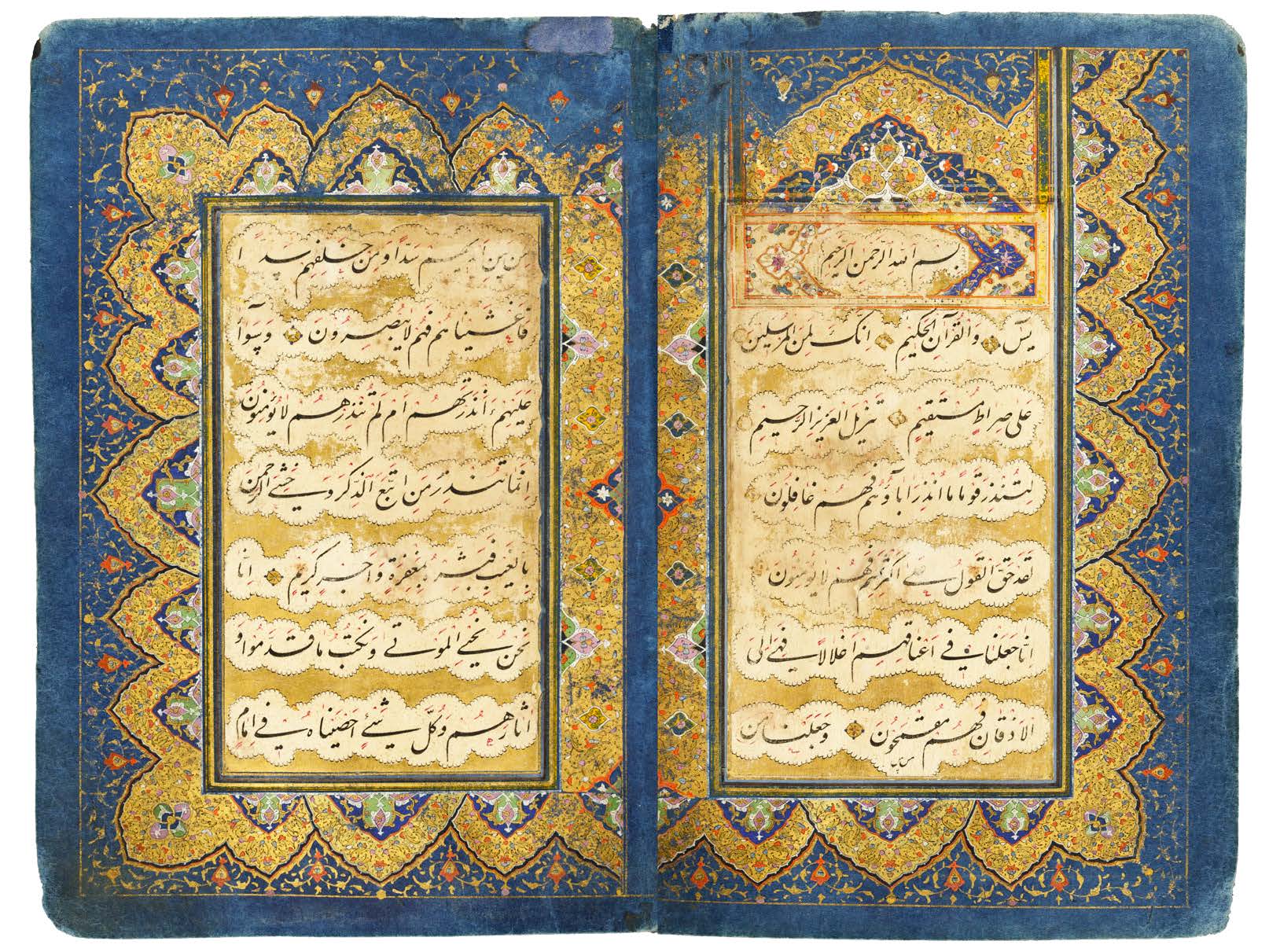
This
exquisite manuscript of the Quran features the Surahs Yasin, Al-Fath,
Al-Waqi’a, Al-Mulk, An-Naba, and Al-Jumu’ah, all meticulously crafted by Ali
Reza Abbasi, the esteemed calligrapher and royal librarian of the Safavid
dynasty, in 1020 AH (1611 CE). It is currently housed in the Berlin State
Library, cataloged as 2493 Hs. or. Exemplifying the intricate art of Safavid
book decoration, this manuscript is rendered in the elegant Nasta’liq script,
showcasing Abbasi’s mastery through a unique blend of script styles and vibrant
colors, including lapis blue and cinnabar.
Opening
with Surah Yasin, the initial pages are beautifully illuminated, featuring the
inscription “Bismillah al-Rahman al-Rahim.” Notably, the name “Yasin” is absent
at the beginning, a departure from the standard practice for other surahs. The
verses are inscribed in black ink, accented by red diacritical marks, while
distinctive color palettes are employed for each surah’s title and details:
Surahs Al-Fath, Al-Mulk, and Al-Jumu’ah use a striking combination of lapis
blue and red diacritics, whereas Surahs Al-Waqi’a and An-Naba are adorned with
cinnabar and blue diacritics. The manuscript also displays the royal seal of
Shah Abbas I, inscribed with the phrase “Servant of the King of Guardianship,
Abbas,” dated 1012 AH, on the opening and closing pages. Additionally,
symmetrical vegetal motifs gracefully frame the text, enhancing the
manuscript’s artistic integrity and authenticity.
اشتراک گذاری :
Form is loading
Please Wait
Easy Form Builder

